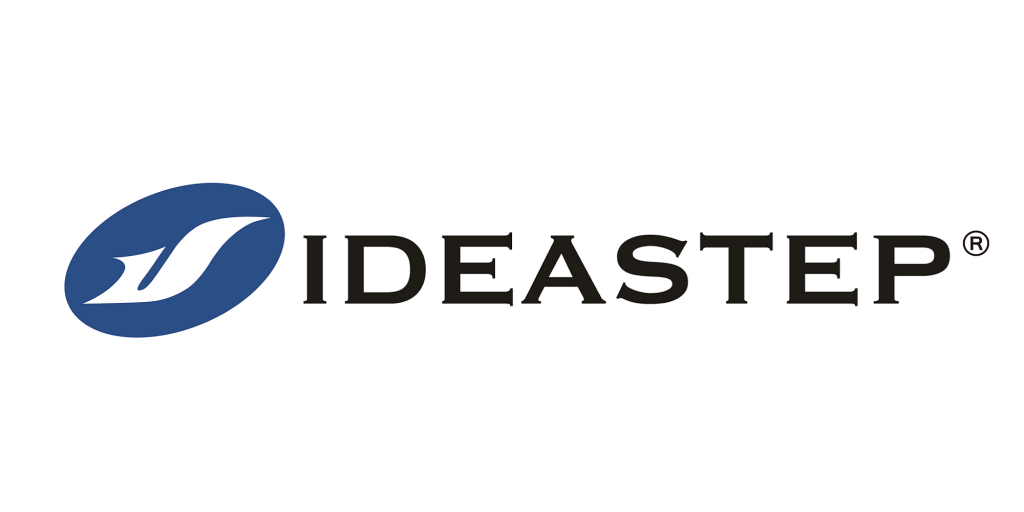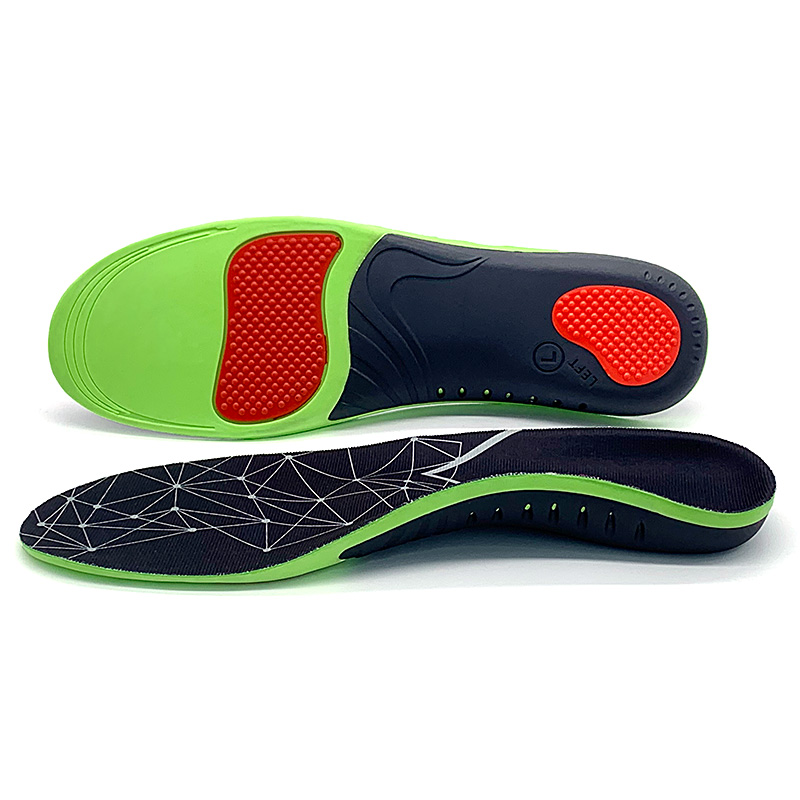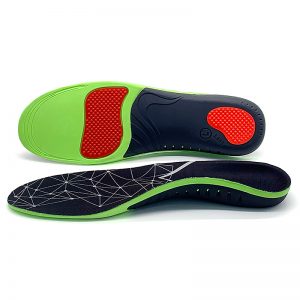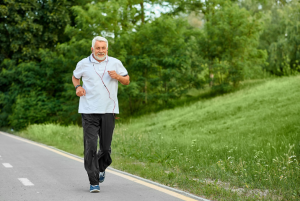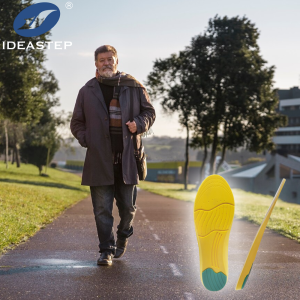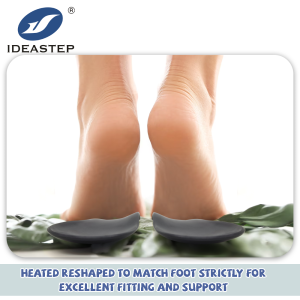ALL DAY ON YOUR FEET? HOW THIS NURSE ELIMINATED HER BACK AND FOOT PAIN
I enjoy being a healthcare expert who can make a difference in people’s lives and health. Foot pain is the misery of every nurse’s existence as a peri-operative nurse standing for lengthy periods of time in the operating room. Even if you start the day with a contagious smile and a happy attitude, standing for the whole 12-hour shift can render even the most cheery nurse cranky.
As I become older, I’m finding it increasingly difficult to cope with the physical demands of static posture, such as standing in one position for long amounts of time during surgical operations or awkward postures caused by tilting the head downwards for extended periods of time.
Carrying heavy instrument trays, bending down to access the sterile field while scrubbed, assisting surgeons, or the worst part, standing on harsh work surfaces such as concrete, causing repetitive strain and pain in the feet due to a lack of arch support, are all examples of occupational obstacles.
Work-related musculoskeletal injuries are a danger for all surgical employees. Simple foot and ankle pain might result in disability and jeopardize our careers. However, as we in the medical field know, prevention is preferable to cure.
The Association of periOperative Registered Nurses (AORN) recently released a position statement laying out ergonomically sound workplace practices. It presented measures for reducing the likelihood of repetitive injuries as well as instructions for building an ergonomically healthy perioperative environment. One of the most essential preventative health variables was identified as proper arch support.
AN ALL-TOO-COMMON PROBLEM
Imagine arriving into the physical therapy (PT) department and seeing one of your coworkers, a 25-year peri-operative nurse, as the patient. Unfortunately, this is a more typical issue than you might imagine. Thirty-eight percent of nurses experience significant back pain that requires them to take time off work, and up to 12% of nurses have severe back pain that requires them to leave nursing completely.
According to previous surveys, musculoskeletal diseases accounted for up to 54% of workplace injuries among nursing, psychiatric, and home health aides (MSDs). MSDs are injuries or abnormalities of the muscles, nerves, tendons, joints, cartilage, or spinal discs, according to the US Department of Labor.
Foot and ankle discomfort was identified in 24 percent to 51 percent of Japanese university nurses in a recent research of 636 nurses. The prevalence of pain that hindered nurses from conducting daily living and work-related activities was found to be 4 percent and 17 percent, respectively, in the study.
ALL DAY ON YOUR FEET? HOW THIS NURSE ELIMINATED HER BACK AND FOOT PAIN
SOME EXCITING NEWS
Nurse.com reports that 45 percent of female nurses and 65 percent of male nurses wear running shoes to work. If you use this style of shoe, you can supplement it with a supportive insole that provides the arch support you require to alleviate pain.
For me, the greatest method to avoid tired, sore feet, legs, and lower back at the end of a long shift was to have stronger arch support. My entire body, especially my lower back, is aligned when my arches are correctly supported. I even noticed a reduction in neck ache. The best aspect was that I felt like I had more energy at the end of the day without all this agony.
There are many shoe inserts on the market that claim to give arch support, but not all of them live up to their claims. When I discovered that IDEASTEP was customisable, I decided to give it a shot. Its PowerLift Arch dynamically elevates your foot arch with each step, correcting your foot’s pronation or inward rolling. Up to 80% of the population’s feet pronate, causing the body’s alignment to be thrown off. Misalignment causes you to have sore feet at the end of the day. It’s also adjustable, so you can find the right level of support for your feet.
Other inserts do not address the effects of walking on a hard surface for long periods of time. As I walked, I saw that IDEASTEP stabilized my ankle and absorbed the shock. This is an excellent solution for healthcare workers who are frequently walking on rough hospital floors.
If you’ve ever looked into medical orthotics, you’re aware of their high cost. The fact that IDEASTEP costs a fifth of the price of medical orthotics sealed the case for me. Take a look at IDEASTEP online at www.aideastep.com if you want to feel better, be more active, and be more productive.
